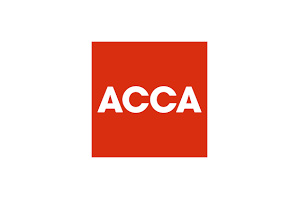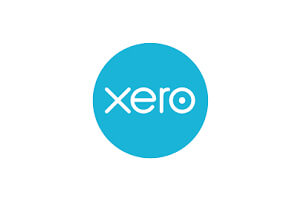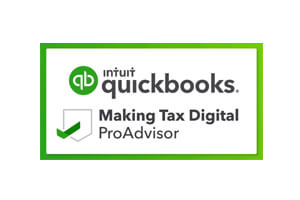£6m Turnover Company Acquisition
The Background
There is a huge myth in the market that companies can not be purchased without using any of the acquiring parties funds. We will be honest, these situations are difficult to structure, but they are 100% possible. Although please note as an acquiring party you would still need funds for your own professional costs. Your professional team that deliver your legal work and due diligence will be the most valuable assets through an acquisition. Our job is to iron out any risks you may not be aware of, even if you are close to the business.
On this occasion we were approached by a new client, who was looking to acquire 100% of the share capital of a trading business, the business was a family-run security business that provided security staff to venues.

Key Information
- Current turnover was £6m;
- The business was owned by one single family;
- An informal valuation/offer had been agreed in principal for £1m.
- Our client was the current Operations Manager of the company
Our new client needed to ensure that the valuation was appropriate and that this was a viable company for him to take over.
Although he had an in-depth knowledge of the company its operations, he wanted to ensure that the company was healthy from a financial perspective and warranted the valuation of £1m.
We were appointed to deal with the due diligence from an accountancy and tax perspective, as well as establishing a formal valuation for the company and creating a deal structure that allowed for the purchase of the company.
One of the main issues in structuring this deal was that the new owner did not have significant cash to purchase the company.
Our Involvement
There were 2 areas for us to look at in this particular case.
Firstly, we needed to complete all of the necessary due diligence associated with a business acquisition. This includes looking at the company’s financial history over the last 5 years, evidencing assets, liabilities, and ensuring that the company had no liabilities that were not known by the new owners.
We also look at the financing that the company had in place to ensure that this would continue with new owners and there would be no impact on the businesses current cash flow.
After completing the due diligence side of things, our next task was to structure the acquisition deal in a way that provided the sellers with the funds they required, whilst also providing the new owner with guarantees over the business performance going forward.
We had the added complexity of the new owners not being able to make a significant contribution to the purchase funds.
The Solution – Part 1
After completing our valuation, we actually arrived at a valuation of the company or circa £1.2m, as the were various adjustments required in respect of increased expenditure which would not be expected under the new owners.
We therefore were satisfied that the sales price agreed between the parties of £1m was a fair value for the company.
In terms of the purchase structure, we used a deferred consideration model to ensure the new owners had guarantees that the company’s profitability was sustainable.
The sales consideration for the company was therefore payable as follows:-
| On completion | 200,000 |
| End of year 1 | 200,000 |
| End of year 2 | 200,000 |
| End of year 3 | 200,000 |
| End of year 4 | 200,000 |
| Total sales consideration | £1,000,000 |
The deferred consideration was contingent on the business achieving a certain level of profit in each year.
If the profits dropped below this level, the business valuation would be recompleted factoring in the new level of profits and the deferred consideration wold be recalculated.
This gave the new owners the security of not having overpaid for a business that does not have a sustainable level of profitability, as the deal was effectively contingent on the business maintaining the same level of profitability that it had for the previous 5 years.
The Solution – Part 2
Having agreed on the deal structure with the sellers, all that remained was to find a way for the new owners to generate the £200,000 payable to complete the purchase on completion. The new owners were not in a position to obtain personal finance.
The solution was to use a holding company, which was created by the new owners to then purchase the share capital of the trading company. Using the holding company not only provided some additional financing options, but it also gave the new owners flexibility in respect of potentially selling the company in the future if it needed to.
The trading company had an invoice finance facility in place, that was not being fully utilised. There was therefore the option of drawing down on this facility, making an inter-company loan to the new holding company, for the new holding company to then use these funds for the completion monies due to the sellers.
This allowed the new owners to facilitate the purchase. This particular structure allowed the acquisition of the business to complete, without the new owners using any personal funds, whilst doing so in a secure and tax-efficient way.





